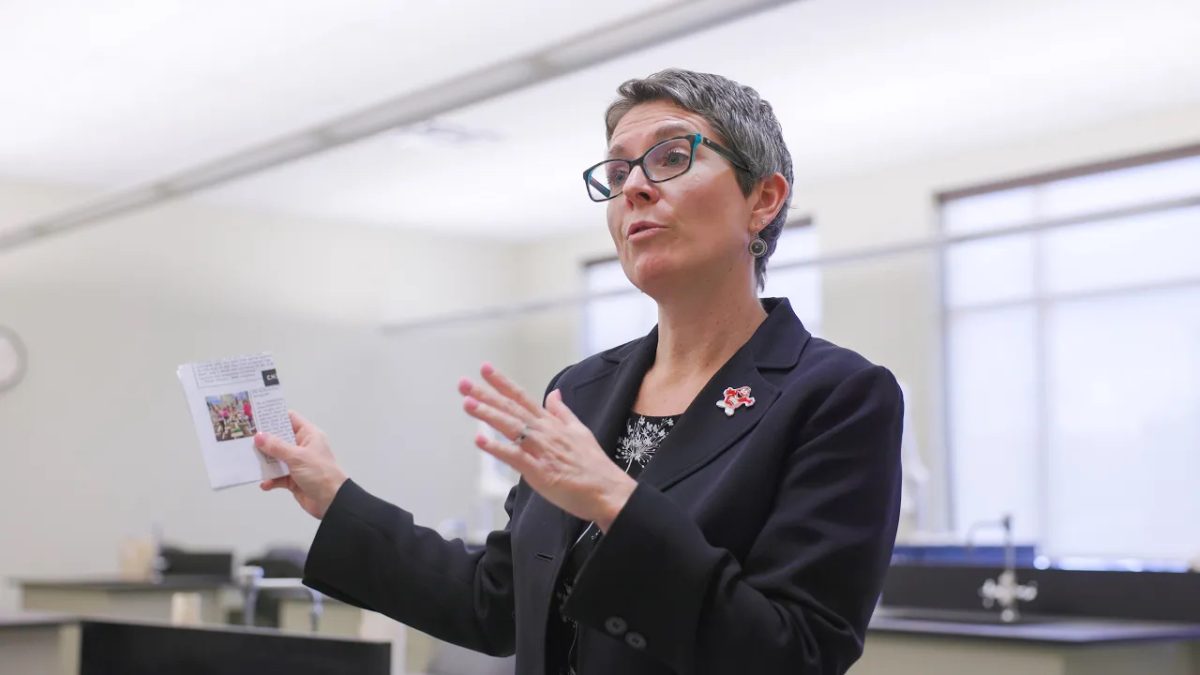Letters to the Editor
March 18, 2004
Thank you, Lindsay
I’d like to thank Lindsay Sainlar and the Herald for running her columns about her perspectives on college life. Not only are they entertaining, they are informative – I actually cited one of her columns in the recent “Love & Friendship” workshop at the Downing University Center.
What have I learned from Lindsay? I learned there are college women who appreciate having a medium like “Sex and the City” through which they can explore issues relevant to their lives and laugh at the same time. (By the way, even Bob Schieffer on “Face the Nation” did a commentary on how that show had him discussing its relationships with his golfing buddy.) I’ve learned that cell phones keep lists of the calls made. (Not that I lose track of who I’ve called, but I’ve often wished I didn’t have to look up a number again!) Students still make ludicrous calls when drunk? Even in the age of caller ID?
Lindsay’s sharing of her adventures puts me in touch with the liveliness, the novelty and even the ridiculousness of the college experience.
I know it’s not everyone’s experience, but I thought all readers would understand that.
Good-on-ya, Lindsay and the Herald! Keep up the good work.
Patty Randolph
Psychology instructor
Plus/minus beneficial
One part of academic quality is accurately measuring and reporting student performance in the classroom. Increasing grading accuracy isn’t the only way to improve academic quality at Western, but it is a good place to start.
Nineteen out of the top 20 schools in the nation (as reported by U.S. News and World Report) have some sort of plus/minus grading system. A straight A, B, C, D, F grading scale is now in the minority as a collegiate grading system at four-year colleges and universities in the United States. There is no doubt that the national trend in higher education has been toward plus/minus systems.
Schools that have adopted such grading systems have reported that under the plus/minus system, grades more accurately assess student performance. These schools have also reported anecdotal evidence that such grading systems increase student effort. Furthermore, they report no evidence that a plus/minus grading system lowers a school’s average grade point average.
The ad hoc committee on academic quality has proposed that Western implement a two-year trial of the grading system, which would add pluses and minuses to students’ transcripts, when appropriate, without altering their grade point averages.
The faculty members of the committee unanimously voted in favor of this proposal so that data on the plus/minus system could be collected. Following two years of data collection, the campus community will have a better understanding of the impact of plus/minus grading.
In the 1980s Western’s student government proposed moving toward a plus/minus grading system. It’s now time for the campus community to embrace the plus/minus grading trial.
Brian Strow
Economics professor





















